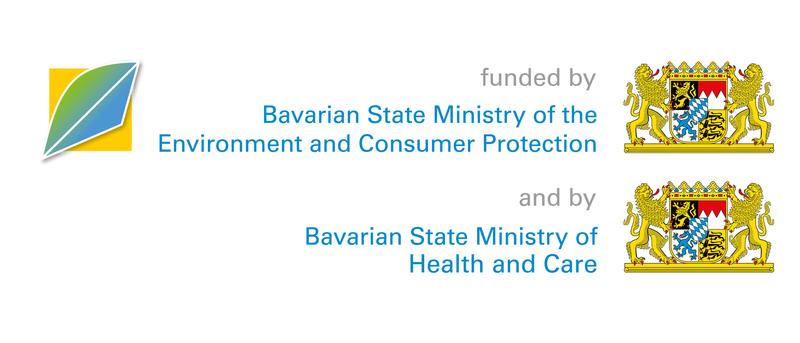Mosquito-borne arboviral diseases in Bavaria - BayVirMos
From 06/2018 to 02/2021
Project coordination: Stephanie Thomas, Carl Beierkuhnlein
EMployees: Nils Tjaden, Reinhold Stahlmann, Yanchao Cheng, Rija Falimanalina Andriamifidy
Fundig: TKP01KPB-73560
Due to changing climatic conditions, mosquito-borne diseases are increasingly occurring in areas that were previously unsuitable habitats for the vectors (mosquitoes) and were therefore unlikely to spread more widely.
Based on our previous experience in the development of species distribution models, epidemiological models and the use of climate models to determine the risks of mosquito-borne viral diseases at continental and global level, we will develop a spatially and temporally differentiated risk assessment for Bavaria in this project.
For this early warning system, we will combine spatially high-resolution regional climate and weather models with geoinformation on mosquito occurrence. Our approach takes into account both the climatic requirements of vectors and the extrinsic incubation period (EIP) of arboviruses, i.e. the temperature-dependent time between the uptake of viruses by mosquitoes and their possible local transmission to humans.
We focus on the arboviruses CHIKV, DENV, WNV and USUV and the zoonoses Chikungunya, Dengue, West Nile Fever and Usutu associated with them. The first two viruses can be transmitted to humans by mosquitoes, e.g. if they are brought into the country by infectious travel returnees. However, this requires certain temperatures, so that the viruses replicate accordingly in the ectothermal vectors. In the case of UPS and WNV, the documented evidence focuses on bird populations (especially blackbirds, crows and pigeons), in close spatial proximity to human society. The transmission of these viruses to humans as well as their illness has been documented. The first cases of West Nile fever in humans occurred in Germany in 2018.
Due to the novelty and sometimes ambiguous symptoms, the diagnosis of corresponding clinical pictures is more difficult, so that mild diseases in particular could go unnoticed. The possible spread of the arboviruses under consideration here could, however, be contained by prompt and spatially defined indications of risk areas, as increased attention can be expected from the doctors caring for the patients, among others.


